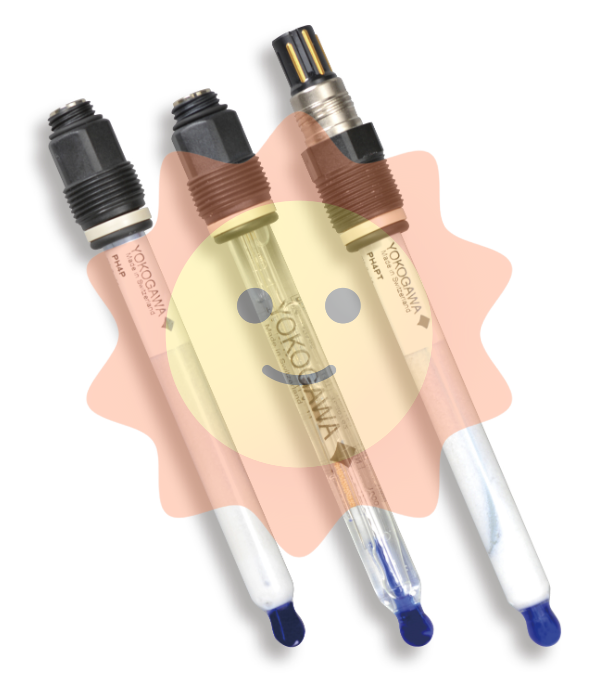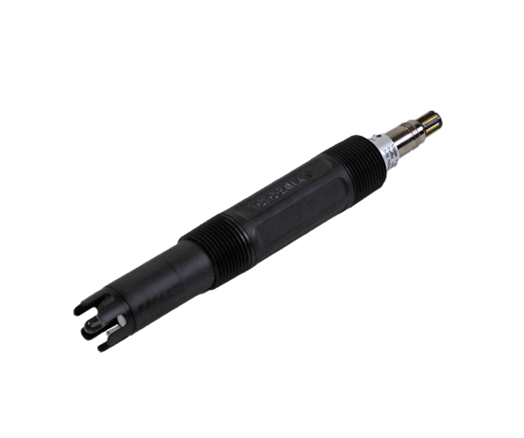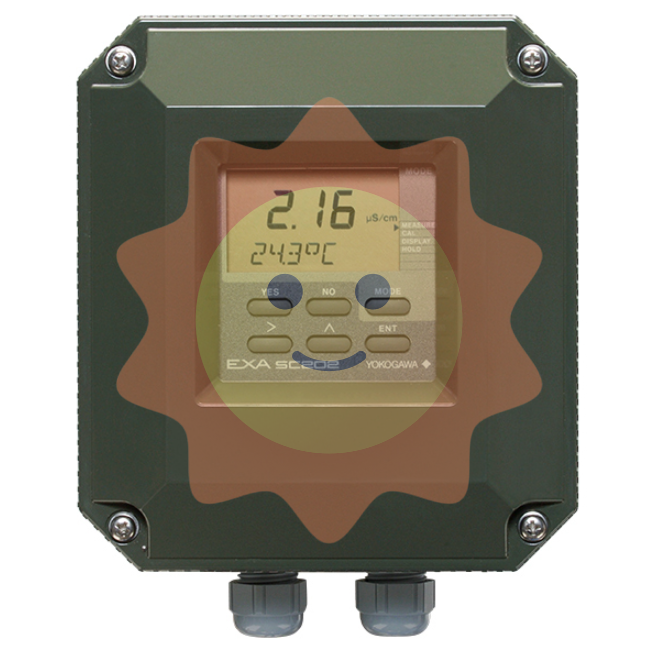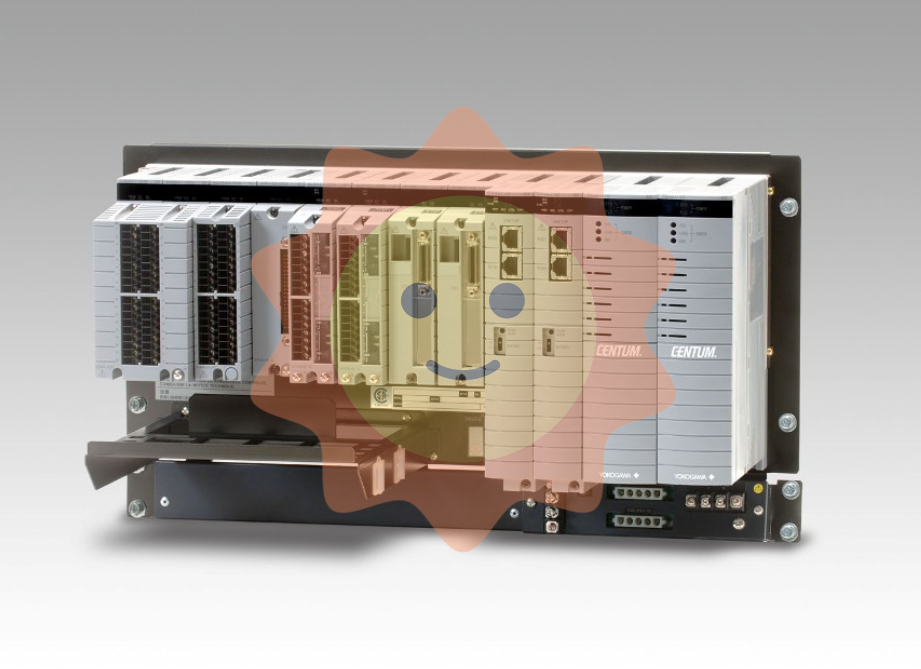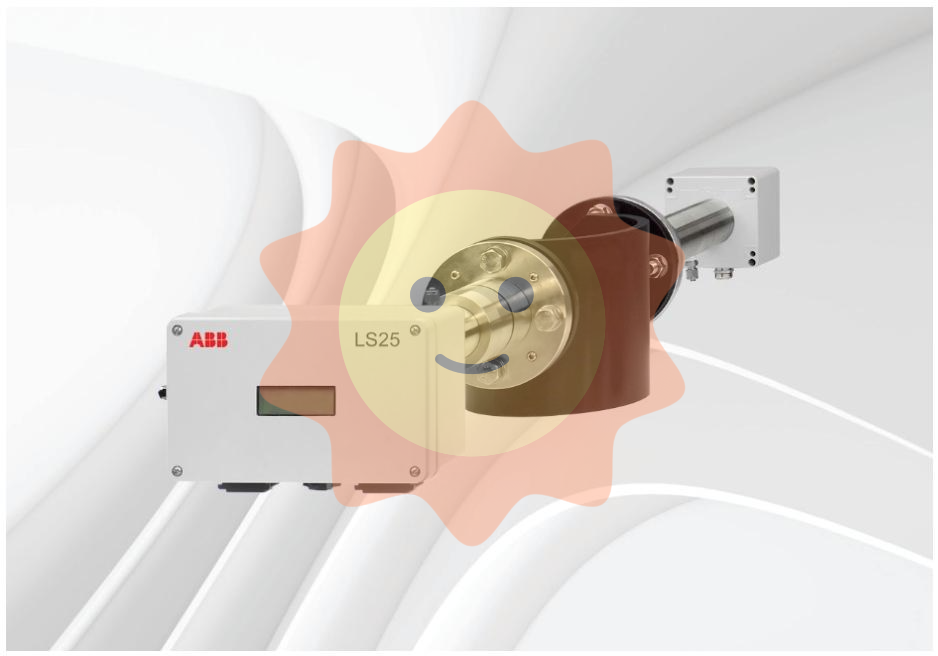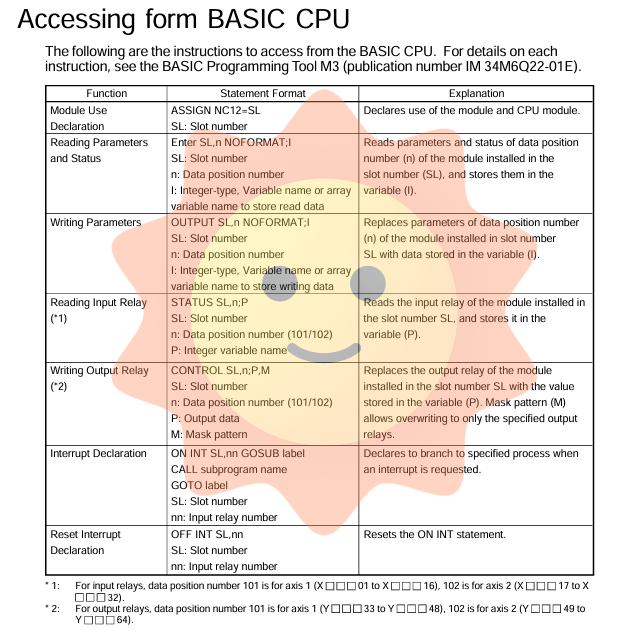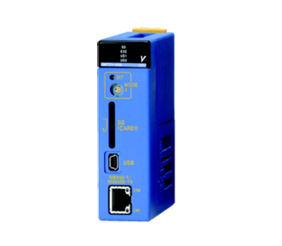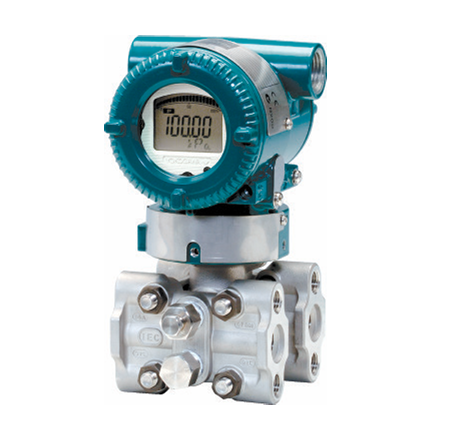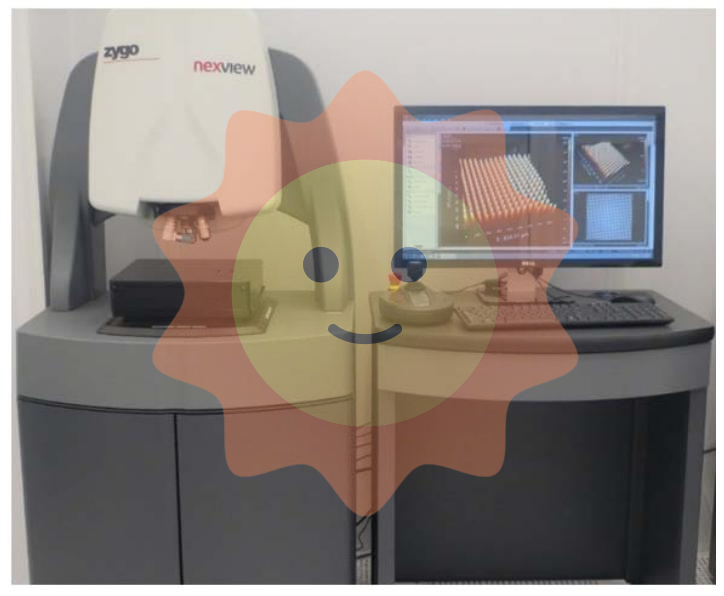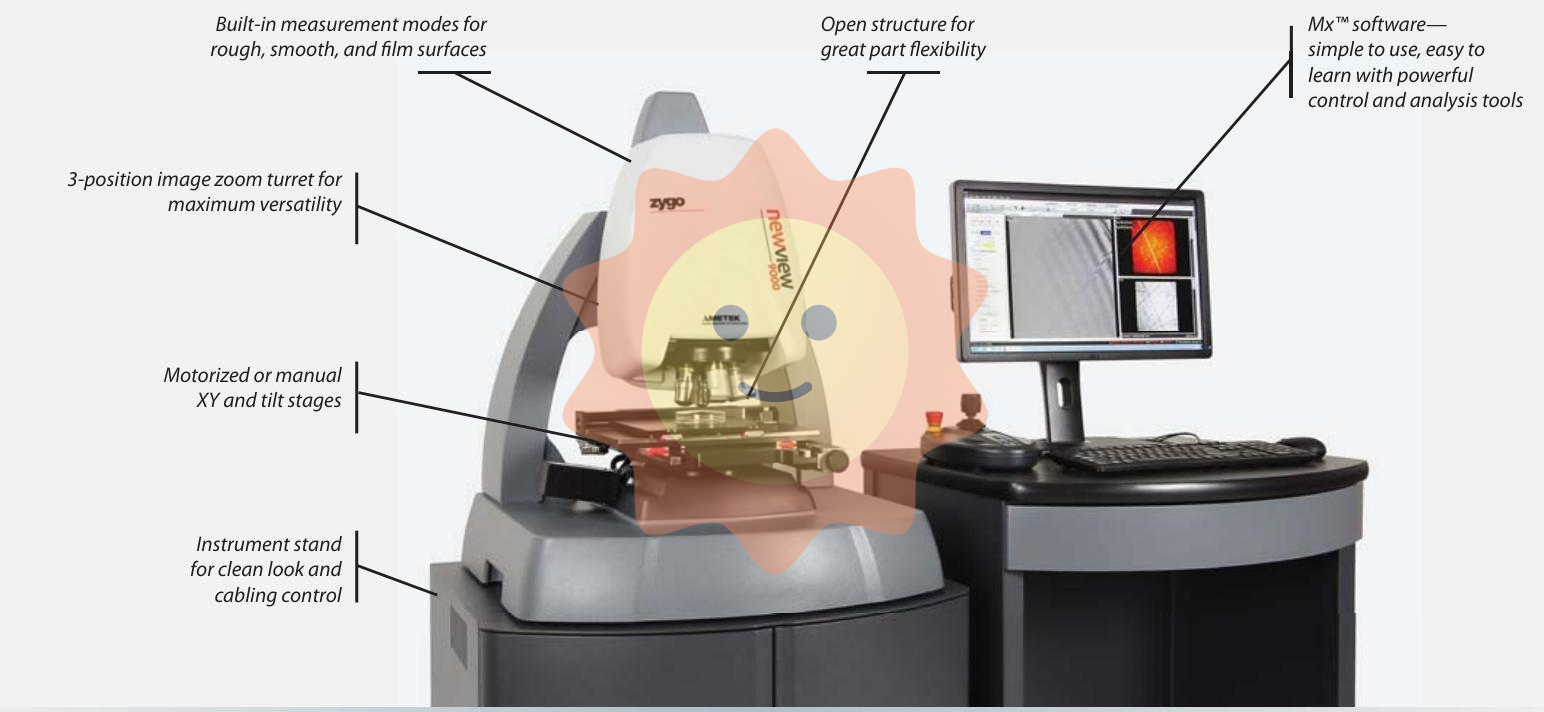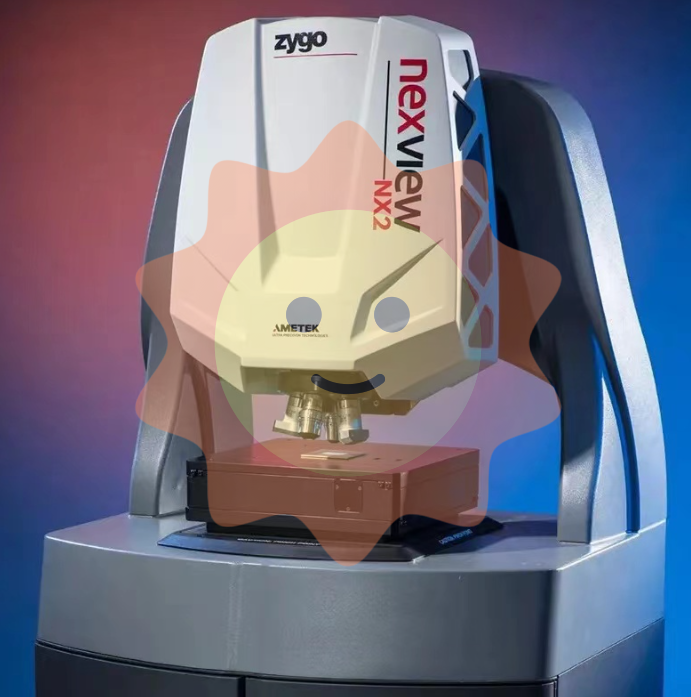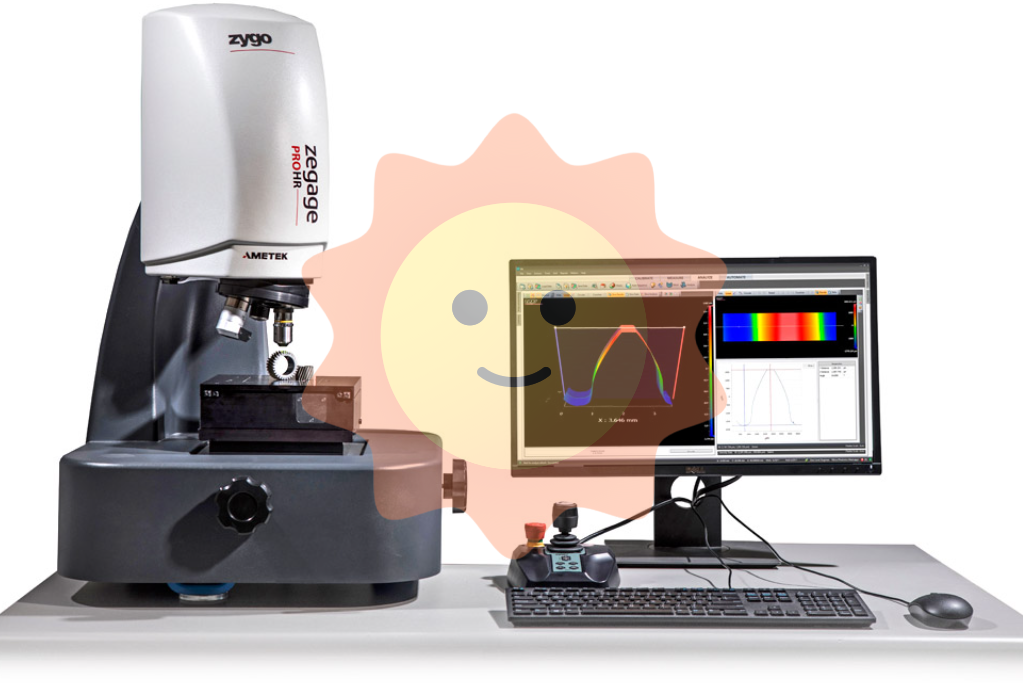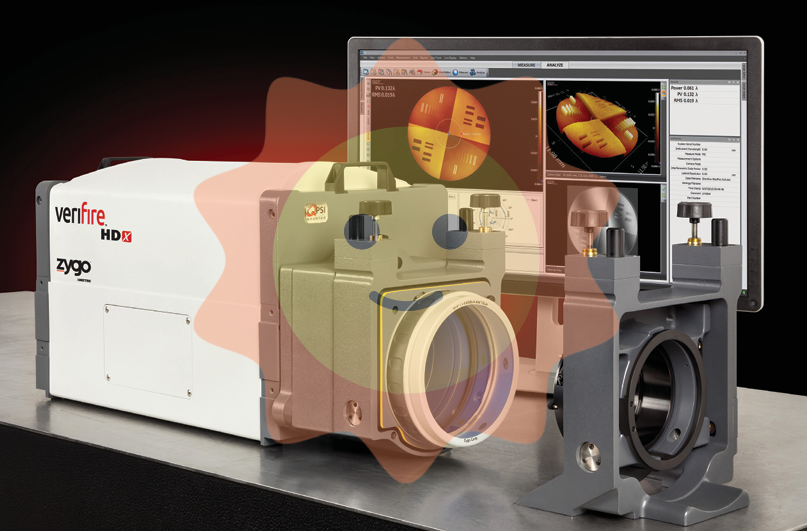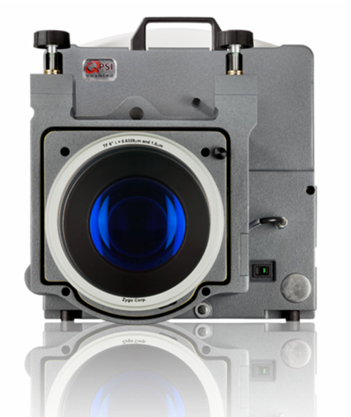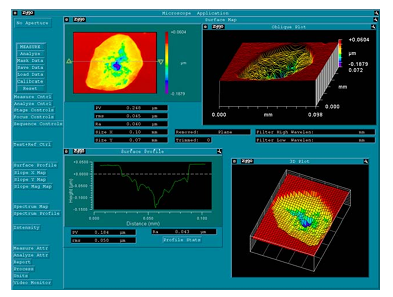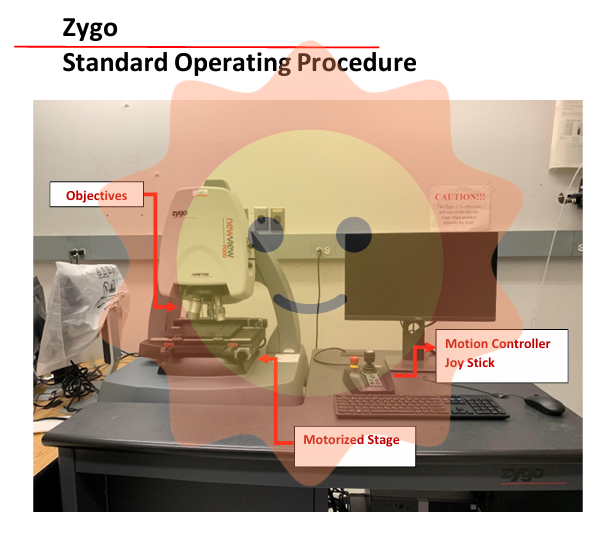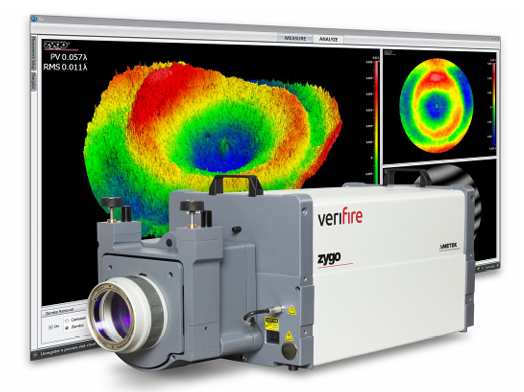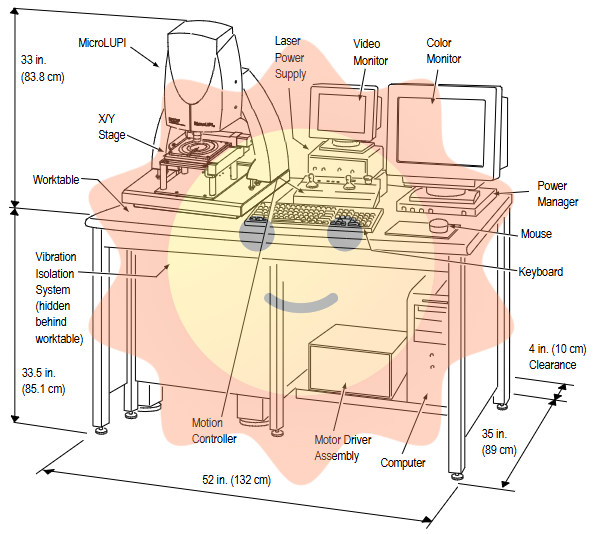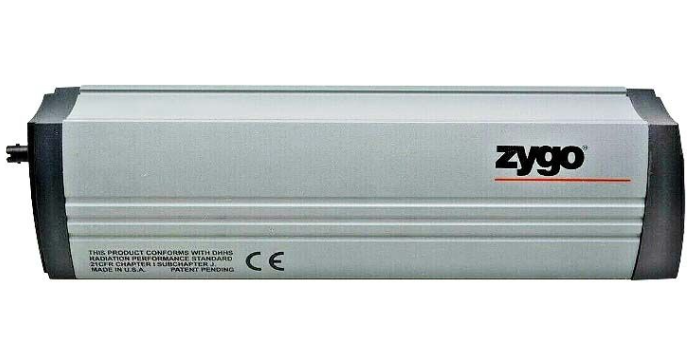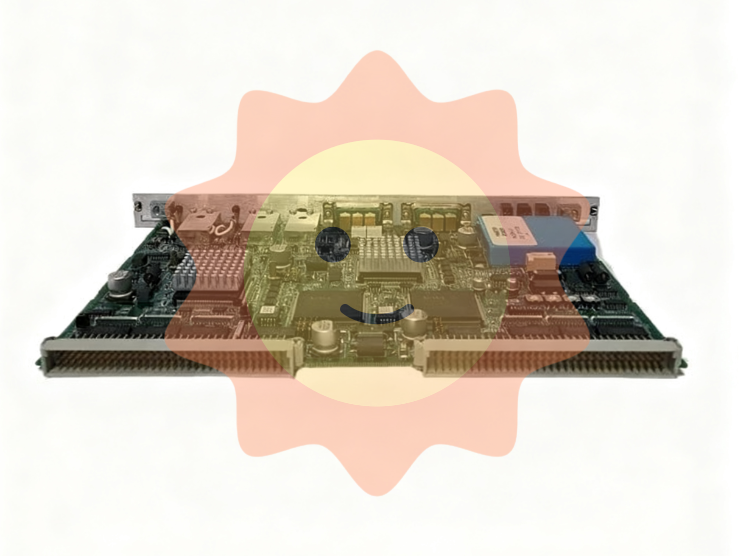ABB 3BHE02293R0101-PCD232A is a high reliability communication interface unit for industrial automation and power systems, belonging to the ABB PCD series (Process Control Device). Its core function is to achieve cross protocol data exchange, signal isolation, and remote communication between different industrial equipment and control systems, especially to meet the communication and interconnection requirements of high-voltage equipment and process control devices. Its model code follows the ABB Power and Industrial Control Product Specification, with "3BHE" as the core prefix for high-voltage control and communication products, representing that the unit can adapt to industrial scenarios with high electromagnetic interference and high reliability requirements; 022293R0101 "is a spare part code that identifies the hardware version and production batch; PCD232A "is a functional model that specifies its attributes as a dedicated interface unit for dual port communication conversion and isolation.
ABB 3BHE022293R0101 PCD232A Communication Interface Unit
Product Overview
ABB 3BHE02293R0101-PCD232A is a high reliability communication interface unit for industrial automation and power systems, belonging to the ABB PCD series (Process Control Device). Its core function is to achieve cross protocol data exchange, signal isolation, and remote communication between different industrial equipment and control systems, especially to meet the communication and interconnection requirements of high-voltage equipment and process control devices. Its model code follows the ABB Power and Industrial Control Product Specification, with "3BHE" as the core prefix for high-voltage control and communication products, representing that the unit can adapt to industrial scenarios with high electromagnetic interference and high reliability requirements; 022293R0101 "is a spare part code that identifies the hardware version and production batch; PCD232A "is a functional model that specifies its attributes as a dedicated interface unit for dual port communication conversion and isolation.
This unit adopts an industrial grade isolation design, integrating dual communication ports, signal isolation, protocol conversion and other functions. It can connect PLC, DCS, intelligent instruments, high-voltage protection devices and other equipment, support bidirectional conversion of multiple mainstream industrial protocols, and have strong electromagnetic interference protection capabilities. It provides a stable communication bridge for complex industrial networks in industries such as power, metallurgy, and petrochemicals, and is widely used in scenarios such as cross system data integration, remote equipment monitoring, and distributed control network expansion.
Specification parameters
Electrical characteristics
Working voltage: DC 24V/48V (allowable fluctuation range ± 20%, suitable for industrial DC power supply systems); Power consumption: normal operation ≤ 8W, maximum load ≤ 12W; isolation voltage: ≥ 2500V AC (1min) between communication ports, ≥ 3000V AC (1min) between power supply and communication ports
Interface configuration
Communication port: 2 independent RS485/RS232 optional ports (supporting hardware switching); Protocol support: Modbus RTU (master/slave mode), IEC 60870-5-101/103, ABB specific communication protocol; Data bits: 7/8 bits are optional; Stop position: 1/2 position optional; Verification method: no verification/odd verification/even verification
Performance parameters
Communication speed: 300bps-115200bps (configurable); Data transmission delay: ≤ 5ms (Modbus RTU protocol); Maximum number of connected devices: 32 (RS485 bus, matching terminal resistors); Fault record: Supports 100 communication fault logs (including timestamp ± 0.5s)
Environment and Structure
Working temperature: -30 ℃~+70 ℃ (wide temperature design, suitable for outdoor control cabinets and high-temperature workshops); Storage temperature: -40 ℃~+85 ℃; Protection level: IP20 (unit body), IP40 (terminal box, optional); Installation method: 35mm DIN rail installation (size: 110mm × 80mm × 50mm, compact design)
Performance characteristics
Dual port flexible adaptation and protocol compatibility: Equipped with 2 independent switchable RS485/RS232 ports, it can simultaneously connect devices with two different physical interfaces (such as PLC with RS232 interface and smart instrument with RS485 interface), without the need for additional interface converters; Native support for mainstream industrial protocols such as Modbus RTU and IEC 60870-5-101/103, enabling bidirectional data conversion between devices of different protocols (such as converting protection device data of IEC 60870-5-103 protocol into Modbus RTU signals and uploading them to DCS), compatible with new and old industrial equipment, and reducing system upgrade costs.
High isolation and strong anti-interference ability: Adopting dual protection technology of photoelectric isolation and electromagnetic isolation, the isolation voltage between communication ports and between power supply and ports can reach 2500V AC and 3000V AC respectively, which can effectively block the ground current interference and electromagnetic radiation of high-voltage equipment in industrial sites; Compliant with the IEC 61000-4 series immunity standards (6kV contact discharge, 10kV air discharge, 10V/m electric field immunity), it can ensure communication without packet loss and data distortion in strong interference environments such as substations and metallurgical rolling mill workshops.
Stable bus driving and expansion capability: The RS485 port has enhanced bus driving capability, with a maximum communication distance of 1200m (at 9600bps), supporting 32 cascaded slave devices, and is suitable for distributed device layouts in large industrial sites; Built in bus terminal resistor (120 Ω, can be activated through dip switch), reduces bus signal reflection, avoids data transmission errors, and does not require additional configuration of external terminal resistors, simplifying on-site wiring.
Convenient configuration and fault diagnosis: supports quick configuration of basic parameters such as communication rate, verification method, protocol type, etc. through local dip switches, and can also be advanced configured through ABB dedicated configuration software (such as PCD Config Tool) (such as protocol conversion rules, data filtering parameters); Built in status indicator lights (power supply, communication transceiver, fault), which can provide intuitive feedback on the operating status; Support local storage and remote reading of fault logs. In case of communication interruption or data verification errors, the fault time and type will be automatically recorded, making it easy for operation and maintenance personnel to quickly locate the problem.
Application scenarios
Communication integration of power substations: used for communication network integration of 110kV/220kV substations, connecting high-voltage protection devices (such as line protection, transformer protection, IEC 60870-5-103 protocol) through RS485 ports, and connecting substation SCADA systems (Modbus RTU protocol) through RS232 ports to achieve real-time transmission of fault information and operating parameters of protection devices to the SCADA system; Simultaneously isolate the protective device from the electrical circuit of the SCADA system to avoid ground current interference that may cause the protective device to malfunction, ensuring the safe operation of the substation.
Metallurgical industry equipment interconnection: In the steel rolling workshop of the steel plant, it is used for communication interconnection between the rolling mill control system and intelligent instruments. The RS485 port is connected to temperature and pressure instruments (Modbus RTU protocol), and the RS232 port is connected to the rolling mill PLC (ABB dedicated protocol). The collected rolling mill temperature and rolling pressure data is converted into protocol signals recognizable by the PLC, realizing real-time monitoring and adjustment of rolling mill process parameters; Adapt to the high temperature and strong electromagnetic interference environment in the workshop, ensure stable data transmission, and improve the quality of steel rolling products.
Petrochemical process control: used for communication expansion between DCS systems and on-site equipment in petrochemical plant areas. Distributed I/O modules and valve positioners (Modbus RTU protocol) are connected through RS485 ports, and DCS operator stations (IEC 60870-5-101 protocol) are connected through RS232 ports to achieve bidirectional transmission of on-site equipment status and control commands; Isolate the electrical circuits between the isolation device area and the control room to prevent corrosive gases and interference from high-voltage equipment in the chemical area from affecting the DCS system, ensuring continuous and stable chemical production.
Remote monitoring of water treatment plants: In urban sewage treatment plants, remote monitoring of various treatment units (grilles, aeration tanks, sedimentation tanks) is used: RS485 ports are connected to liquid level and flow sensors (Modbus RTU protocol), RS232 ports are connected to the plant level monitoring platform (Modbus RTU protocol), and scattered sensor data is centrally uploaded to the monitoring platform; Supports 1200m long-distance communication, adapts to the decentralized layout characteristics of sewage treatment plant equipment, reduces wiring costs, and has fault self diagnosis function, which facilitates timely handling of communication faults by operation and maintenance personnel and ensures sewage treatment efficiency.

- User name Member Level Quantity Specification Purchase Date
- Satisfaction :
-









Email:wang@kongjiangauto.com

